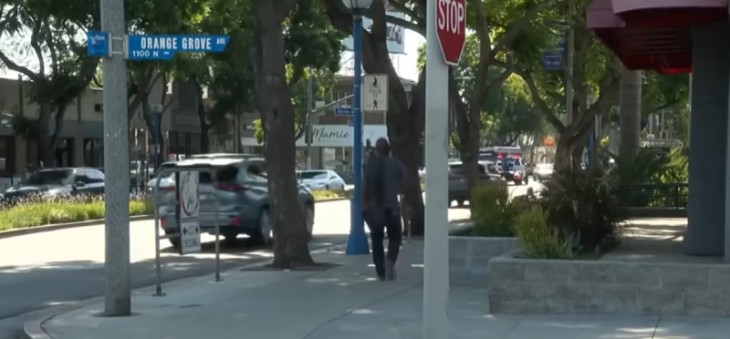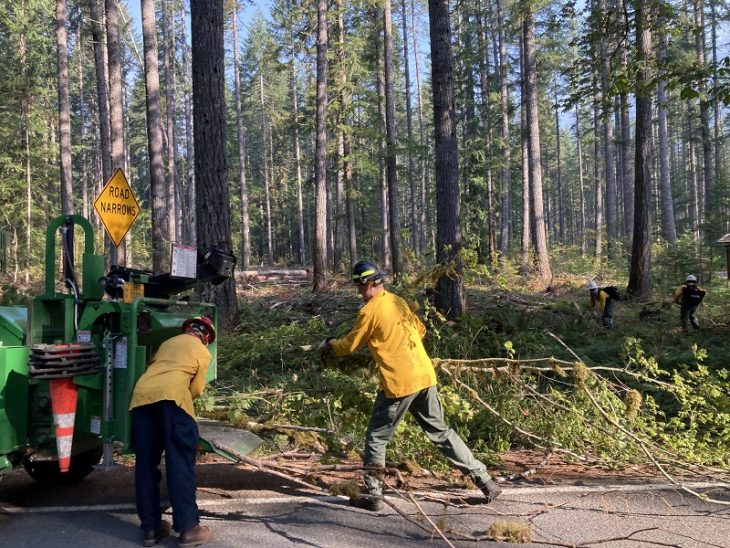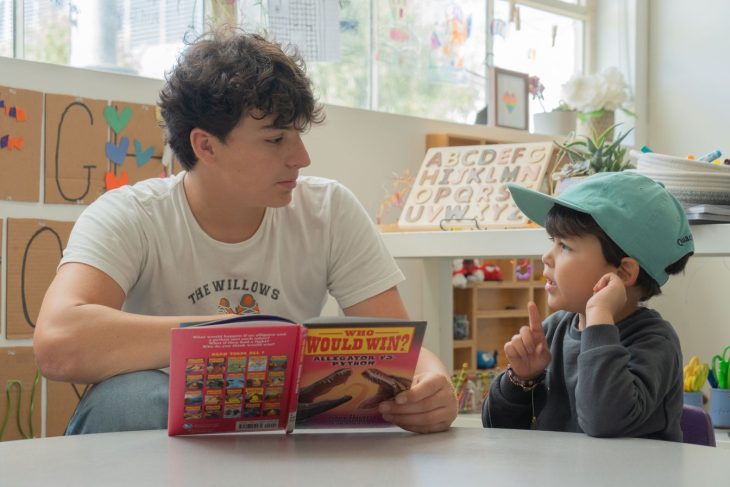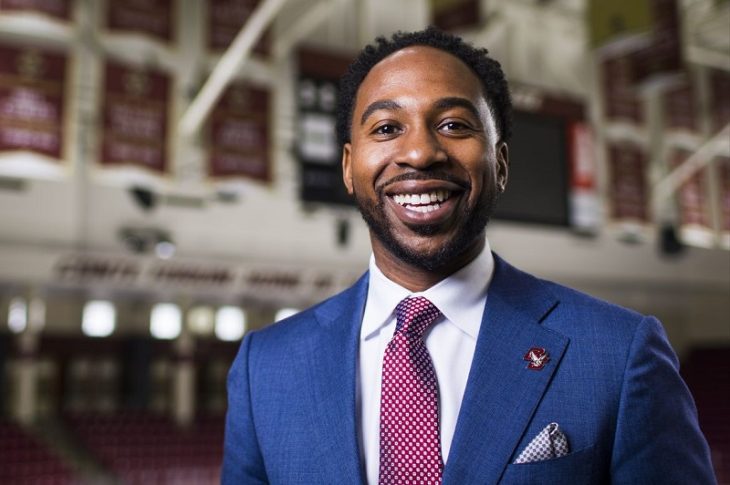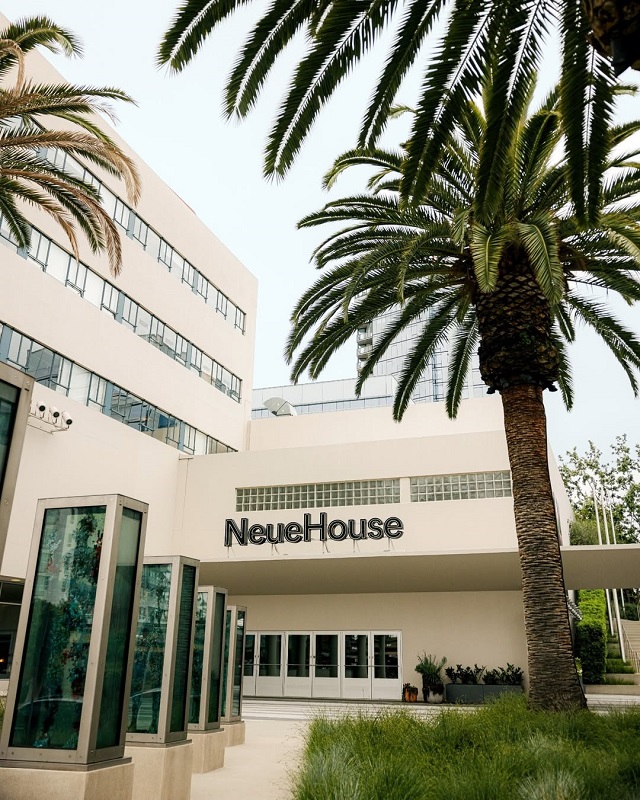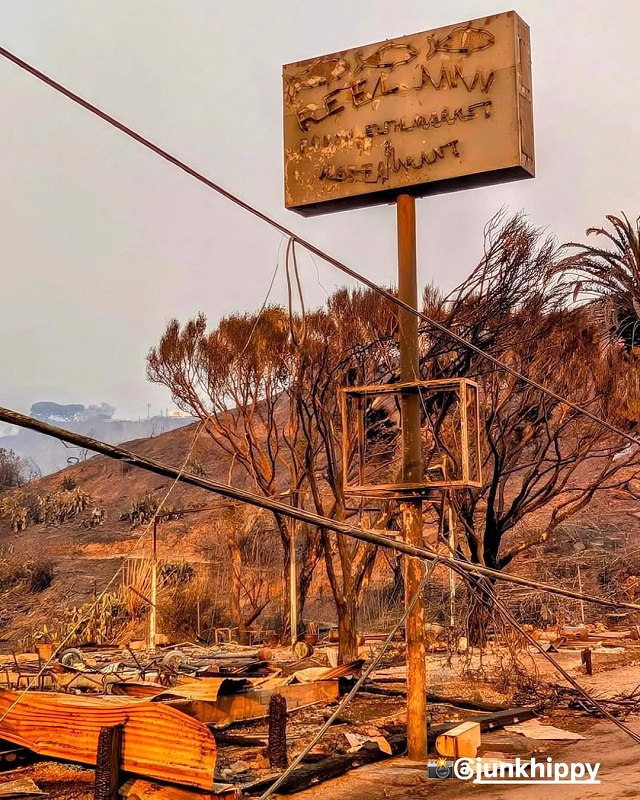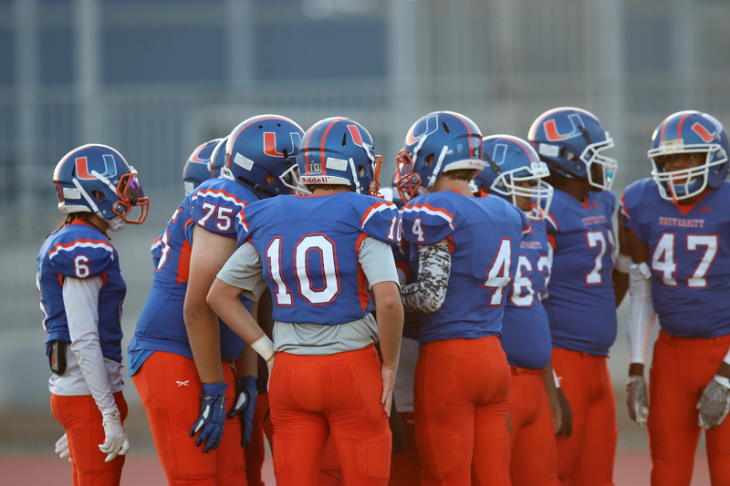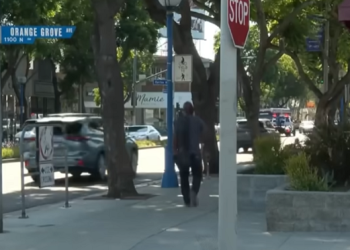Vision zero and pedestrian safety in Los Angeles.
By Keldine Hull
While California may have fewer pedestrian commuters compared to states like New York, according to the Governors Highway Safety Association, California had more pedestrian fatalities last year from January to June than any other state, with 432 reported deaths. California along with Florida, Georgia and Texas accounted for nearly half of all pedestrian deaths in 2018, the deadliest year for pedestrians since 1990.
In 2015, Los Angeles Mayor Eric Garcetti followed New York’s lead by signing an executive order implementing the Vision Zero initiative, which aimed to eliminate all traffic-related deaths by 2025. An important component of implementing Vision Zero and other plans focused on reducing traffic accidents is identifying where the highest concentrations of fatal and severe accidents occur on the City’s High-Injury Network (HIN).
According to Oliver Hou, Transportation Engineering Associate for the City of Los Angeles, “We have identified some of the highest-needs intersections in Los Angeles for not just pedestrians, but all road users. Improvements to those intersections have been prioritized into our work plan for this year.”
A report of 2019’s Priority Intersections within the City of Los Angeles lists 60 intersections including: Pacific Coast Highway and Temescal Canyon Road, Vista Del Mar and Imperial Highway, Hollywood Boulevard and Western Avenue, Culver Boulevard and Jefferson Boulevard, La Brea Avenue and Adams Boulevard, Burbank Boulevard and Woodley Avenue, Manchester Avenue and Vermont Avenue, and Sunset Boulevard and Fairfax Avenue.
Pedestrian safety is a long-term goal that involves community education and upgrades to traffic signals and crosswalks.
“The intersection and corridor work involve pedestrian flashing beacons, new signals and left turn arrows, pedestrian refuge islands, Leading Pedestrian Interval (LPI), speed feedback signs, crosswalk upgrades and intersection tightenings. In addition, we have a Complete Streets Program, a Safe Routes to School Program, and community engagement and education programs. We are also piloting a Safe Routes for Seniors program. Similar to the Safe Routes for Students program, it aims to improve the safety of some of our most vulnerable populations. This is just some of the work taking place to improve the safety of pedestrians.”
While the City has implemented Vision Zero to reduce traffic involved fatalities, organizations like Los Angeles Walks aim to do their part to keep all residents safe as well. According to Executive Director for Los Angeles Walks Emilia Crotty, “Los Angeles Walks works to train and mobilize residents to advocate for safe, comfortable, accessible walking environments in neighborhoods across LA. We prioritize working with residents of under-resourced and over-burdened neighborhoods, places that have been neglected of the resources and street safety measures that other neighborhoods have enjoyed for decades.”
Los Angeles Walks is involved in several projects and campaigns including the Los Angeles Vision Zero Alliance (LAO), a city-wide coalition of 25 community-based advocacy organizations that support the efforts put forth by Vision Zero; and Safe Streets for Kids, which aims to increase awareness of street design, identify hazards and establish safe walking routes. To learn more about Los Angeles Walks visit: http://www.losangeleswalks.org
As the City continues its efforts to reduced traffic-related injuries and fatalities, there are some simple, basic steps that residents can take to ensure their own safety. Hou suggested, “Stop and look both ways before entering a street, or even a driveway/parking lot. Make eye contact and make sure the driver sees you before crossing in front of a car. As part of our education efforts for children, especially those walking to school: Look left, right and left again before entering the street.”

